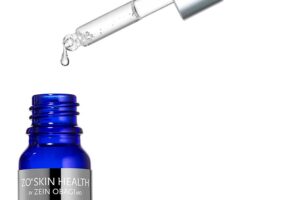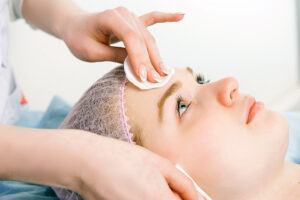Chew sugar-free gum
Chewing gum is a great way to stimulate saliva production after eating, helping to rid your mouth of leftover morsels, sugar and harmful acids. Most varieties of sugar-free gum also contain xylitol – which helps to neutralise acidity and stop bacteria from sticking to the surface of your teeth.
Drink through a straw
Sugary and acidic drinks like wine and fizzy drinks are bad for your teeth. Over time, they can cause stains, acid erosion, and decay. Limit their damage simply by enjoying them through a straw and with your meals so there’s less contact with your teeth.
Stay hydrated
Saliva is important for washing away tooth-damaging, odour-causing bacteria, but you may not produce enough if you’re dehydrated. Drink plenty of water to keep hydrated. Periodically rinsing your mouth with water helps wash away acid too.
Don’t brush straight away
After eating or drinking, your mouth is likely to be more acidic. So don’t brush your teeth straight after a meal, wait around 45 minutes and give saliva enough time to establish balance in your mouth before brushing.
Clean between your teeth
Cleaning between the teeth with dental floss or, even better, with interdental brushes helps loosen and dislodge food and bacteria, reaching areas that the toothbrush can’t reach. This makes your brushing routine more effective.
Limit the frequency of eating sugary foods and snacks
Each time you eat sugar and starchy food, the plaque bacteria in your mouth produces acid that slowly dissolves tooth enamel. Normally, after around 1 hour, the damage dies down and the “attack” is over.
Reduce your grazing on food or snacks or slowly sipping on sugary drinks throughout the day. This will help minimise the active periods of plaque-forming bacteria. It is better to consume that treat once a day, preferably after a meal, rather than throughout the day.




